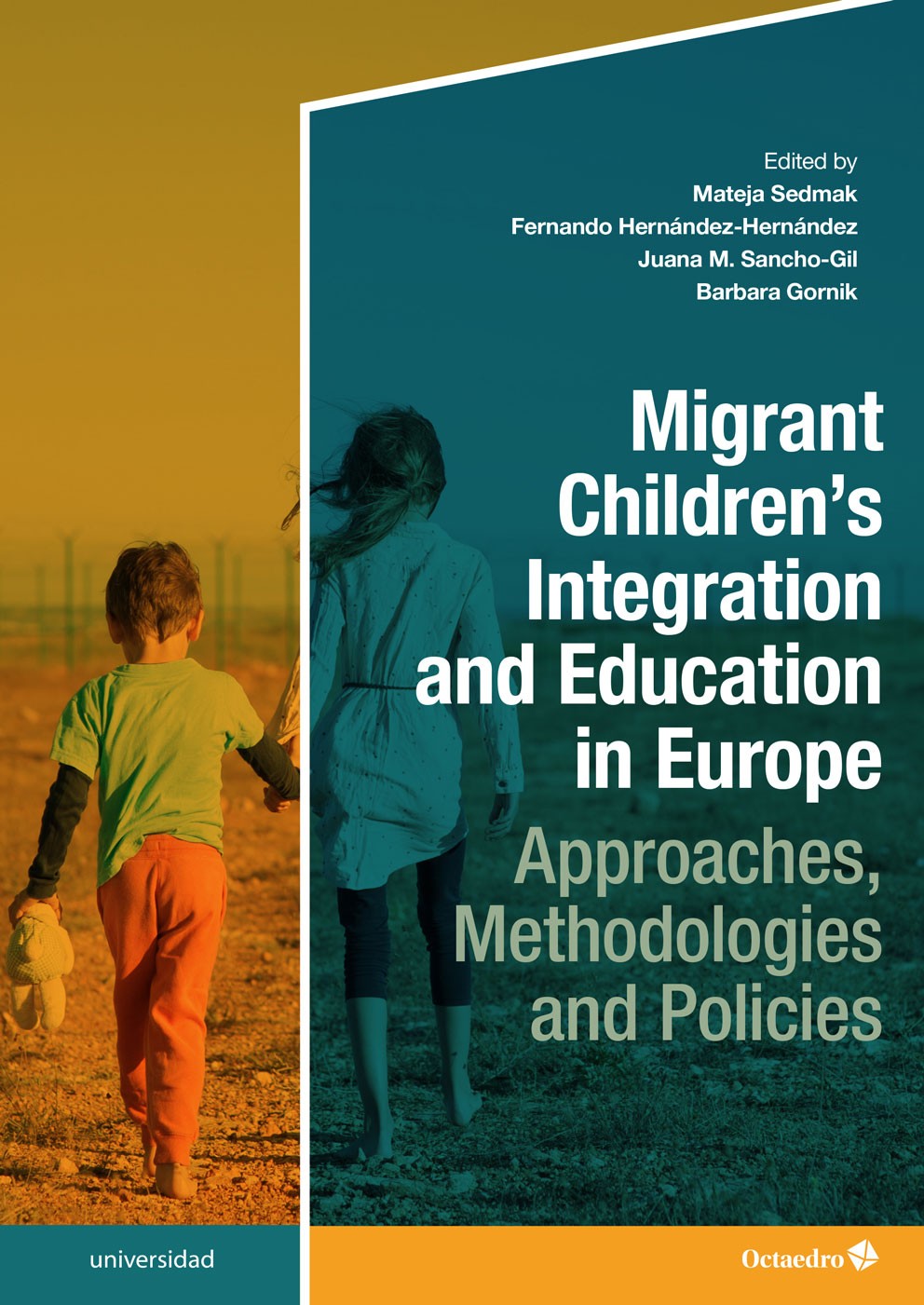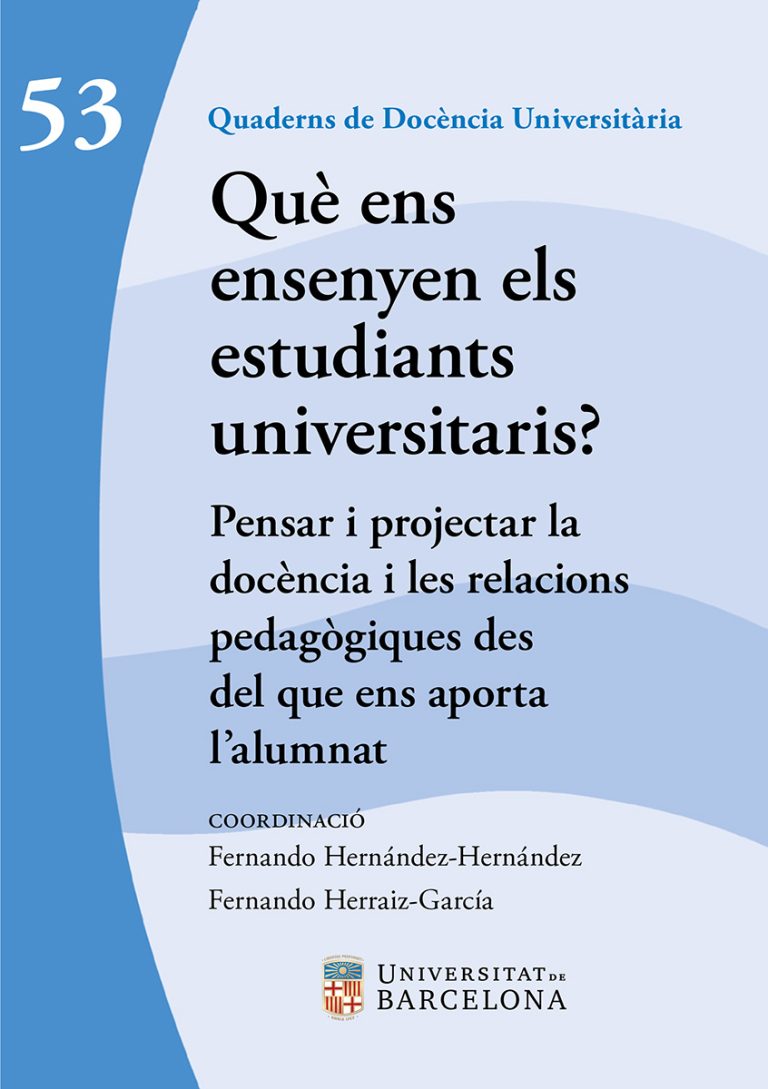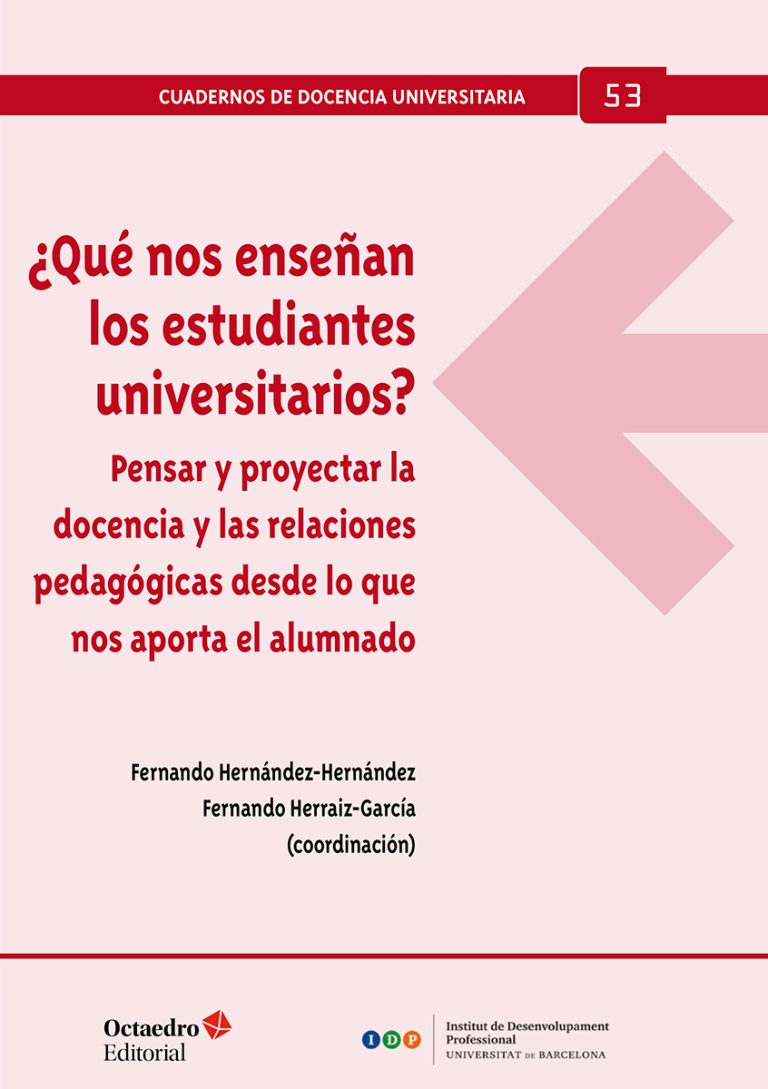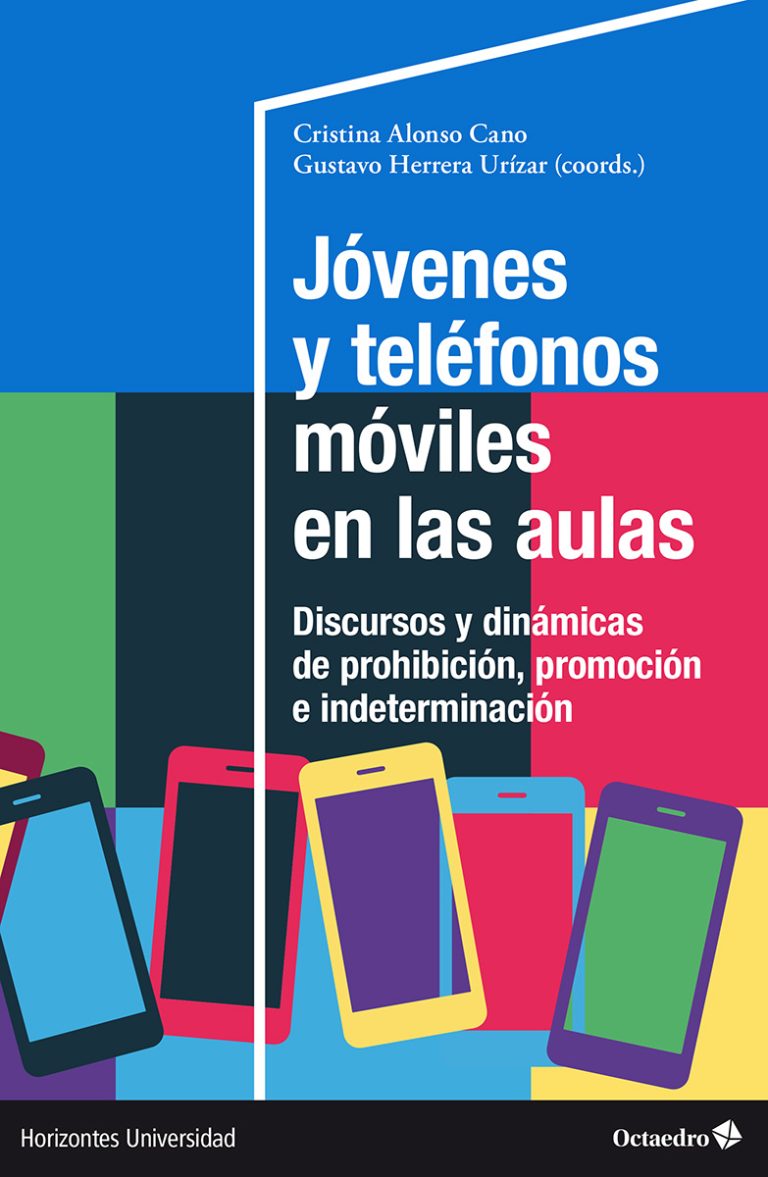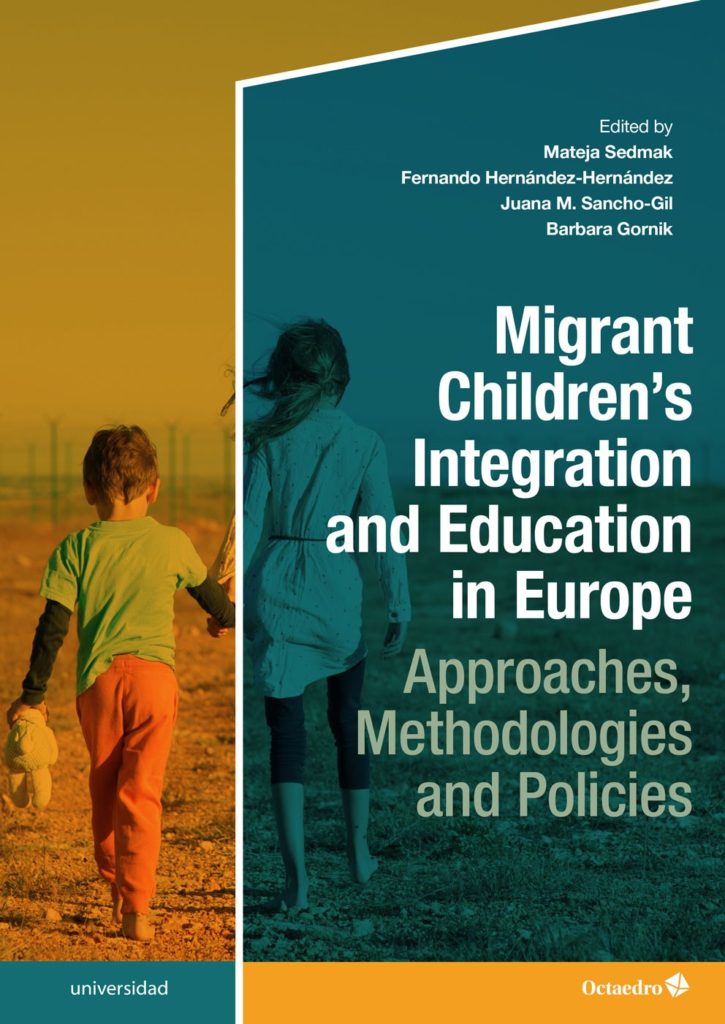
Approaches, Methodologies and Policies
The process of the reception of migrant children and young people in European societies positions the education system as one of the most important and powerful resources to foster their participation and inclusion in the host societies. This process is multidimensional, involving different actors (migrant children and young people and their families, schools, teachers and peers, members of the local community, etc.) and works in different ways on a scale ranging from unidirectional assimilation to bidirectional integration and inclusion. When discussing the integration of migrant children and young people, one must take into account that they do not form a homogeneous social group. Rather, they are diversified in terms of past experiences, present situations and future aspirations. They differ in terms of their legal status, as this group includes economic migrants, refugee children, asylum seekers and undocumented and irregular migrants. On top of that, they have different cultural and linguistic backgrounds, belong to different ethnic groups, and differ in terms of gender, age, socioeconomic status, cultural and social capital and so on. The heterogeneity of migrant children as a social group implies that their social integration must be understood as an intersectional phenomenon.
The chapters of Migrant Children’s Integration and Education in Europe: Approaches, Methodologies and Policies pay attention to how we address issues related to the integration and inclusion of migrant children and young people, how we research the problems, what epistemological paths we follow, what methodological approaches we use and, consequently, how research findings are reflected in policies enacted at national and EU level and how they can contribute to improving the everyday life in schools.
Editors
- Barbara Gornik
- Mateja Sedmak
- Fernando Hernández-Hernández
- Juana María Sancho-Gil
Editorial Octaedro, 2021
ISBN 9788418615375
